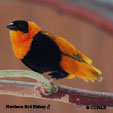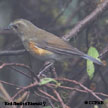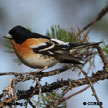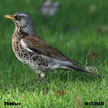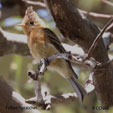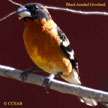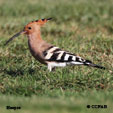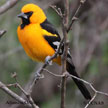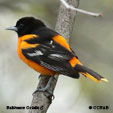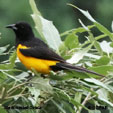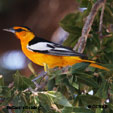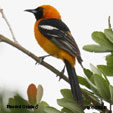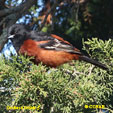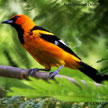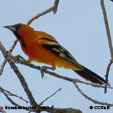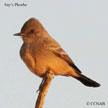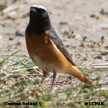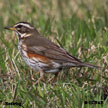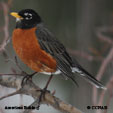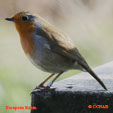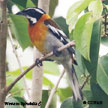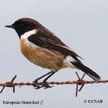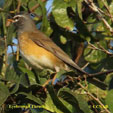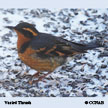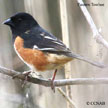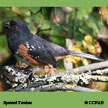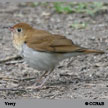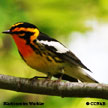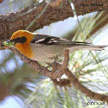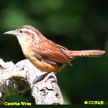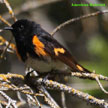North American Bird Search Box
This search box can be used to find bird species using bird's english, french or latin name, or to identify bird by its 4 letter Alpha Code
Field Guide for all the Birds of North America
Orange Birds
Oiseaux oranges
Information, images and range maps on over 1,000 birds of North America, including sub-species, vagrants, introduced birds and possibilities
Orange birds of North America are found in many different bird groups, in the same manner as other birds of different common colours. Some are found in dry open areas such as the Say's Phoebe and the Hooded Oriole, whose habitat is sparse and dry.
Others such as the Baltimore Oriole, Bullock's Oriole and the Black-headed Grosbeak, favour the mixed forests, as their homes. The Varied Thrush prefers the more northern regions.
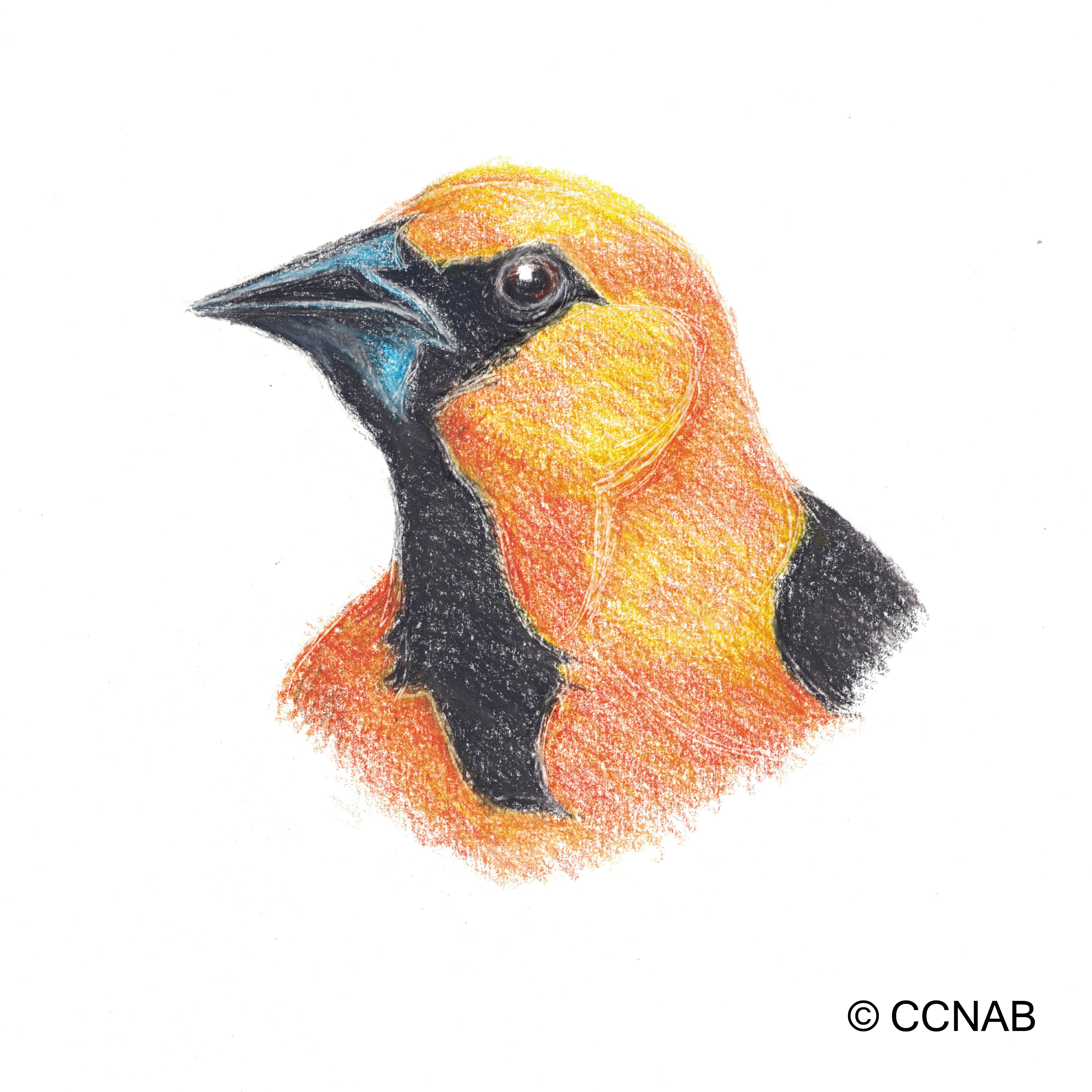
Below is a list of orange coloured birds, where the colour orange is the more prominent colour of its plumage. It is interesting to note that most of the orange coloured birds that are seen, are male species of that bird type, whereas the females of the same species may be of any other colour.
For example, the Hooded Oriole, whose bright orange plumage easily identifies it as a member of the oriole family, and its mate has a light yellow to a light yellow-orangish plumage. The reason for this is to protect the female birds while they are sitting on their nest and making them less obvious.
North American Birds Videos
- Click here - Male Baltimore Oriole seen in Quebec
Reference to Other Bird Site:
ABA - American Birding Association This site represents an organization that maintains official records of all birds species that have been proven to have been seen inside the perimeters of the North American Continent and the surrounding bodies of water. Regular revised versions are posted to keep the bird list current at all times. This is the list used by all serious birders over their lifetime. You may be aware of the movie called the "Big Year". It was with this list that all the competing birders used in an attempt to set a new record as to how many bird species that could be seen by an individual birder in one calendar year.
